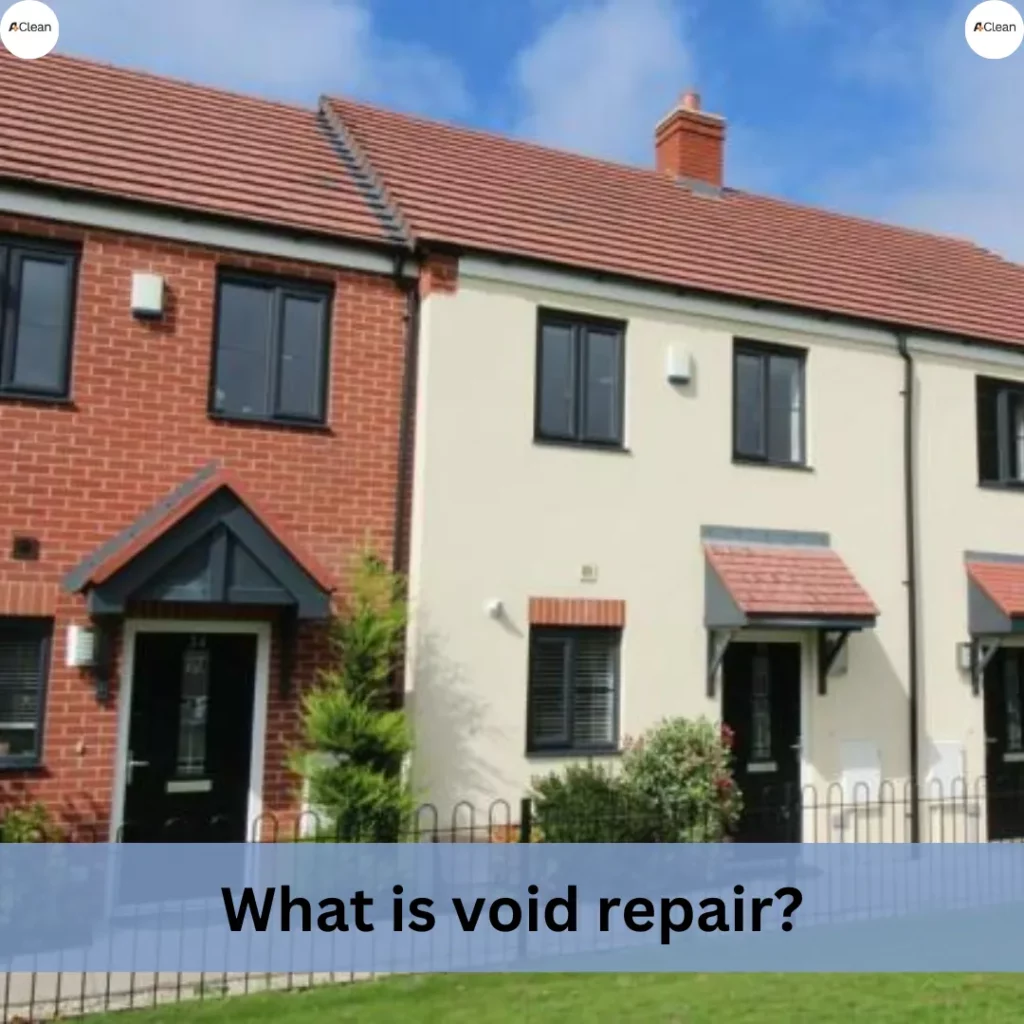What Is Void Repair
Void repair, in the context of property management and maintenance, refers to the process of addressing and rectifying issues or damages in a property that has become vacant or unoccupied. When a property is in a “void” state, it means it is not currently being inhabited by tenants or occupants. Void repairs are crucial to ensure that the property is brought back to a habitable and functional state before it is reoccupied or put back on the market.
Void repairs can encompass a wide range of tasks, depending on the condition of the property and the extent of the issues present. These repairs may include:
- Basic Cleaning and Maintenance: Cleaning up the property, removing debris, and conducting basic maintenance tasks to restore its cleanliness and functionality.
- Lock Changes and Security Enhancements: Ensuring the property is secure by changing locks, repairing, or reinforcing doors and windows, and implementing necessary security measures.
- Repairs to Structural and Functional Elements: Addressing structural damage, fixing plumbing issues, repairing electrical systems, and other functional repairs that are needed to make the property habitable.
- Cosmetic Upgrades: Performing cosmetic enhancements such as painting, flooring replacement, and other improvements that improve the property's appearance.
- Safety Inspections and Compliance: Conducting safety inspections to ensure that the property meets safety standards and regulations, including fire safety and other relevant codes.
- Appliance and Fixture Repairs or Replacements: Fixing or replacing appliances, fixtures, and fittings that are damaged or non-functional.
- Major Refurbishment: In some cases, void repairs might involve significant refurbishment projects, such as replacing kitchens, bathrooms, or other major components of the property.
- Documentation and Reporting: Creating visual documentation and condition reports that detail the repairs and improvements made to the property.
The goal of void repairs
is to efficiently restore the property to a condition that is suitable for occupancy, ensuring that it meets all necessary safety and functional requirements. This process is particularly important for property owners, landlords, and housing providers who want to minimize the time a property remains vacant and reduce associated financial risks.








